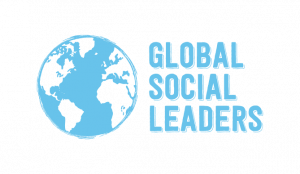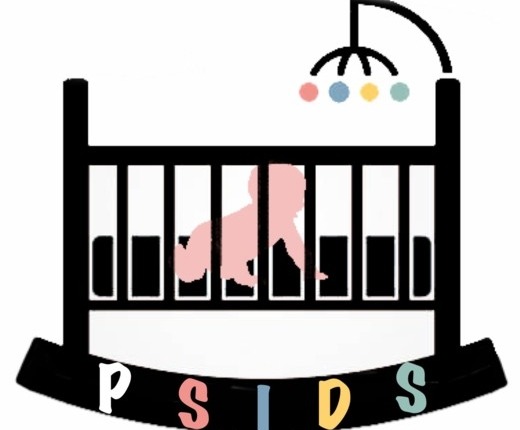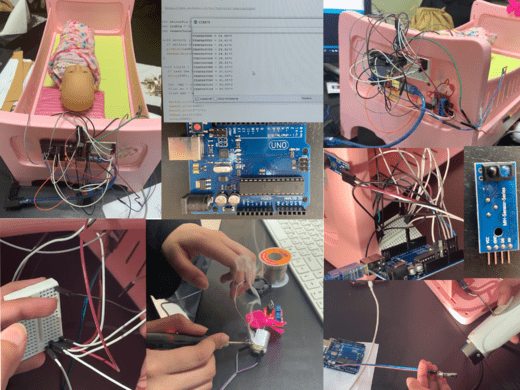We are delighted to share a blog written by student Bashayer Faisal Alhammadi from Applied Technology High School Baniyas, who is part of a team delivering a Global Goals project for the 2019-20 Global Goals Competition.
Their project is among over 957 social action projects currently running as part of the GSL movement and we are excited to be supporting them to design and lead positive social change in their community.
A marvelous journey that sharpens your skills and nourishes young leaders, preparing them for the future.
Project Overview
Our project is called Preventing Sudden Infant Death Syndrome (PSIDS). It is a simple smart baby crib that is going to help in preventing (SIDS). The device helps control SIDS factors and prevents it by detecting the motion and the temperature of the baby which are the physical factors of SIDS. It consists of sensors and buzzers that will help in controlling SIDS risk factors and allow the parents to identify the abnormalities with the infant easily.
By estimations, statistical researchers have found that there are approximately 2,500 infants who die of SIDS every year in the U.S. This rate have decreased in the recent years due to technological advances. We predict that our project will decrease the death rates in the society in the following years. There are myriads of solutions available all over the internet, but the FDA (Food and drug administration) has not cleared or approved any medical device that prevents or reduces the risks of SIDS. Since the agency is not aware of studies that showed a device or product that is working effectively. In fact, they do warn parents from purchasing any device that claims to prevent SIDS, as it can be dangerous and might develop a lot more issues. However, that does not stop us from doing a research on products that are available online and compare them with out prototype. To recapitulate, SIDS is a significant problem that occurs with infants less than a year old. It causes an increase in death rates which affects the population of the country. This condition cannot be cured yet we can prevent it.
Our Journey
By researching of this new disease, we learned new skills and knowledge along the way. Many of us learned how to program using aurduino language online. We learned about sensors and detectors and we knew how to link them with buzzers. Implementing the project and the programming went well, and all as should be. The sensors and crib match the factors that we want to prevent. We have shed light on this disease and many have supported us and learned what SIDS is. Since we are all students, we have been communicating well together and meeting up during school breaks to tackle the new challenges of the project. We learned that this disease is something we must keep an eye on, and we learnt its impact on our economy, community and on the healthcare.
Since all of us are health students, we have no background knowledge regarding computer science. Learning a new topic and a new coding language and balancing it with school was quite difficult. Often, we would find our selves stuck at a block of code or our sensors would not be programmed correctly. Though after time, we got used to this new language and saw the potential of integrating computer science into health fields.
The Next Chapter
If you are a young innovator out there, our recommendation to you is to go for it! Whatever your dream is, what ever the problem to be tackled, keep in mind nothing is impossible.
We were just 5 health students who didn’t know each other, with no knowledge in coding. After coming together and believing we can achieve, we became closer as a team and learned new skills along the way. We had great opportunity to showcase our project, and we are hopefully going to team up with our countries health authority and reach our target of having our smart crib in every home!
The 2019-20 GSL Global Goals Competition is now open and runs until June 2020. If you belong to one of the 700+ teams of students currently delivering a social action project as part of the competition we would love to hear from you and feature your blog and project photos on our website to inspire others.





